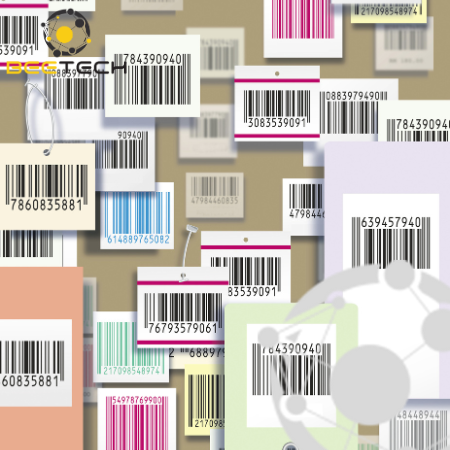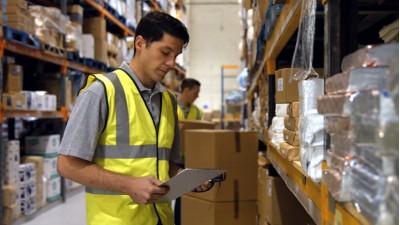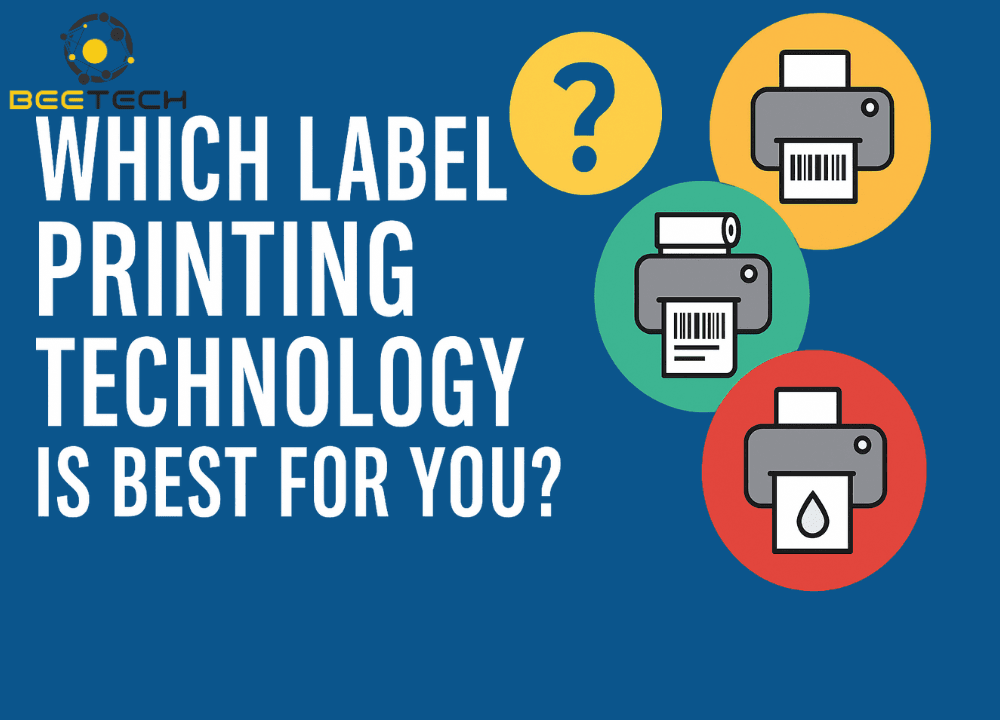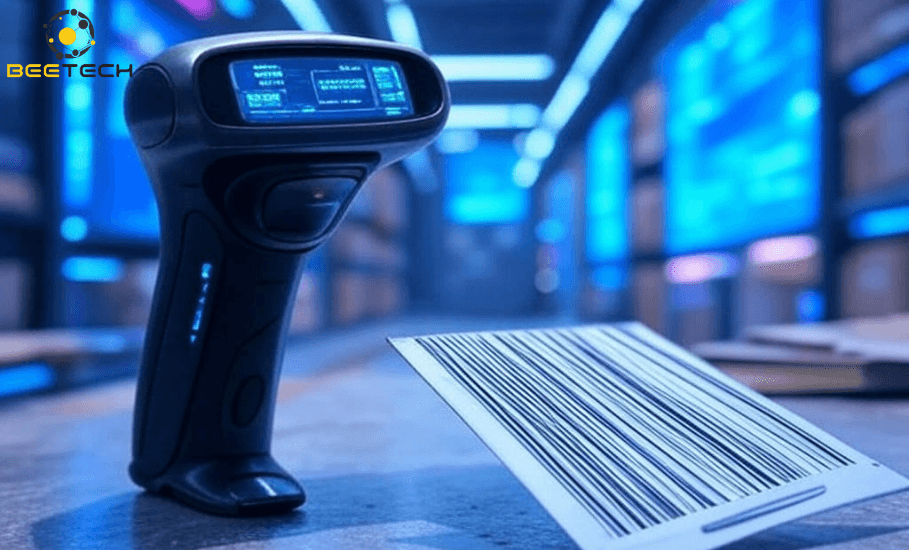80-82 Cao Duc Lan, District 2, HCMC, Vietnam
+84 76 865 6688
info@beetech.com.vn
+84 76 865 6688
About us
Contact us
80-82 Cao Duc Lan, District 2, HCMC, Vietnam
+84 76 865 6688
info@beetech.com.vn
+84 76 865 6688
About us
Contact us

How Barcodes Are Transforming the Supply Chain Industry in 2025
Barcodes have been around since the 1970s, closely tied to the retail industry and global supply chains. More than half a century later, the technology remains a cornerstone of goods management, but 2025 marks a major turning point. With the explosive growth of e-commerce, rising consumer demand for transparency, and businesses under pressure to optimize operations in a highly competitive landscape, barcodes are being “reborn” with a new identity.
This article provides an in-depth analysis of how barcodes are transforming supply chains in 2025—from the global shift to 2D codes and the adoption of artificial intelligence (AI), to the real-world impact on businesses and consumers.

The 1D barcode (the familiar black-and-white parallel lines) has long been a universal symbol on consumer goods. It provides a unique identifier (such as UPC or EAN) that allows systems to quickly recognize products. However, 1D barcodes can only hold limited information—usually 12–13 numeric digits.
In today’s complex supply chains, that is no longer sufficient. Companies require additional data: expiration dates, batch numbers, origins, usage instructions—essential for inventory management, food safety compliance, and delivering transparency to consumers.
GS1, the global organization that sets barcode standards, has announced its Sunrise 2027 initiative. The retail and supply chain industry will gradually transition from 1D barcodes to 2D codes (such as QR codes and DataMatrix).
2D barcodes can store far more data. A single QR code can hold thousands of characters, embedding product details, certifications, and logistics information.
Consumers can scan with their smartphones to check product origins, ingredients, and storage guidelines.
Businesses can ensure traceability, manage product lifecycles, and meet regulatory requirements.
Leading retailers like Walmart, Carrefour, and Tesco have begun dual-labeling products with both 1D barcodes and QR codes. This indicates the transition is accelerating faster than expected.
Transitioning from traditional barcodes to 2D codes is not just about printing new labels—it requires systemic change:
Upgrading scanners and warehouse management software to read 2D codes.
Redesigning product packaging to align with new standards.
Training staff to handle new scanning processes and manage data.
Synchronizing with partners across the supply chain to ensure uniform adoption.
AI-Powered Scanning and Recognition
One persistent challenge for barcodes is physical wear—blurred, scratched, or smudged codes, especially in industrial settings. In 2025, manufacturers are using AI and machine learning to solve this:
Scanners can now “predict” and correct damaged barcodes.
AI-enabled industrial cameras can recognize codes even when dirty or misaligned.
With computer vision, entire product batches can be scanned simultaneously, significantly boosting speed.
Sensors on shipments can automatically record environmental data (temperature, humidity), linking it to barcode information for quick access.
Transportation management systems (TMS) integrated with barcodes allow real-time tracking of shipment location and condition.
Blockchain pilots are using barcode-linked data to ensure transparency and authenticity across the supply chain.
Supermarkets in Europe and the US are already using QR codes to display nutritional facts and origin details of fresh produce.
Some stores are replacing traditional checkout counters with “scan & go” systems—customers scan barcodes/QRs with their phones, pay online, and walk out.
Barcodes reduce input/output errors during inventory operations.
Wi-Fi/5G handheld scanners enable faster stock counts and reduce truck downtime at warehouses.
2D barcodes are being integrated with RFID for multi-layered goods management.
In pharma, 2D codes enable batch tracking, expiration verification, and anti-counterfeiting.
In food, codes enhance food safety monitoring—critical for seafood and agricultural exports.
Consumers can instantly access product origin, harvest dates, and sustainability details.
Improved inventory accuracy and reduced shrinkage.
Optimized logistics and shorter order processing times.
Compliance with growing market and regulatory transparency demands.
Stronger consumer trust and brand equity.
Easy access to product information.
Protection against counterfeits and low-quality goods.
Faster and more convenient shopping experiences.
Investment costs: Upgrading systems, packaging, and processes is not cheap.
Supply chain synchronization: Producers, distributors, and retailers must adopt unified standards.
Data security: With 2D codes holding more information, risks of hacking or sophisticated counterfeiting rise.
2025 is only the beginning. Over the next 5–10 years, barcodes are expected to evolve in several ways:
Barcode + AI + Blockchain: enabling fully transparent farm-to-table systems.
Dynamic QR codes: updating in real time, e.g., with live shipment tracking.
AR/VR integration: customers scanning codes to explore virtual product experiences.
Barcodes will no longer be mere “black-and-white stripes” but gateways to global data, serving as the central nervous system of commerce.
In 2025, barcodes are entering a new era: shifting from 1D to 2D/QR, from simple ID numbers to complex, multi-layered datasets. With AI, IoT, and blockchain, barcodes are becoming indispensable tools for supply chain efficiency, while delivering transparency and safety for consumers.
With over 12 years of experience in the AutoID industry, Beetech is proud to be a leading provider of RFID solutions and smart devices in Vietnam.
Our team of skilled engineers supports businesses from consultation and deployment to product lifecycle maintenance, ensuring RFID solutions run seamlessly while maximizing value.
Let Beetech be your trusted partner in building smart management systems, helping your business enhance competitiveness and thrive in the digital era.
📧 Email: info@beetech.com.vn
🌐 Website: https://beetech.com.vn

See more products: Here



How do barcodes work?
21/05/2025 09:52:52

6 things to know to successfully apply barcode technology to your business
19/05/2025 04:16:28

Barcode scanners help reduce shrinkage and increase inventory accuracy”
16/05/2025 04:21:10

Which Label Printing Technology Is Best for You?
16/05/2025 03:09:19

Comprehensive barcode solution: Optimize management, improve performance and digitally transform businesses
06/05/2025 03:50:33

Why can barcode scanners increase work efficiency?
05/05/2025 04:22:27